
Treating Rotator Cuff Tears—Asheville, NC
Shoulder Solutions
without Surgery
The shoulder is a very complicated and important joint, and it can easily experience injury just like others in the body. One of the most common is a rotator cuff tear, which Dr. James Pinkston can diagnose and treat using the latest non-surgical techniques to help you get out of pain, heal quickly, and regain your full function. To learn a little more about this problem and how it can be solved at Asheville Non-Surgical Orthopedics, read on below.
How the Rotator Cuff Works
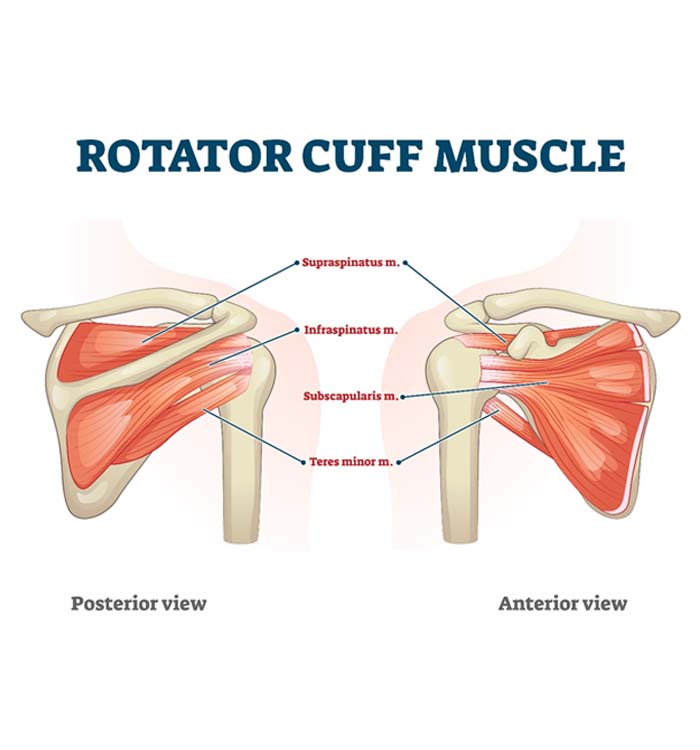
A group of four muscles makes up the rotator cuff, and they are often collectively referred to as the “SITS” muscles because of their names: supraspinatus, infraspinatus, teres minor, and the subscapularis. They attach to the shoulder blade, or scapula, and the tendons are connected to the ball of the shoulder joint. Despite the name, the main purpose of the rotator cuff is not to rotate the shoulder, but rather to keep it stable during movement.
How the Rotator Cuff Can Become Injured
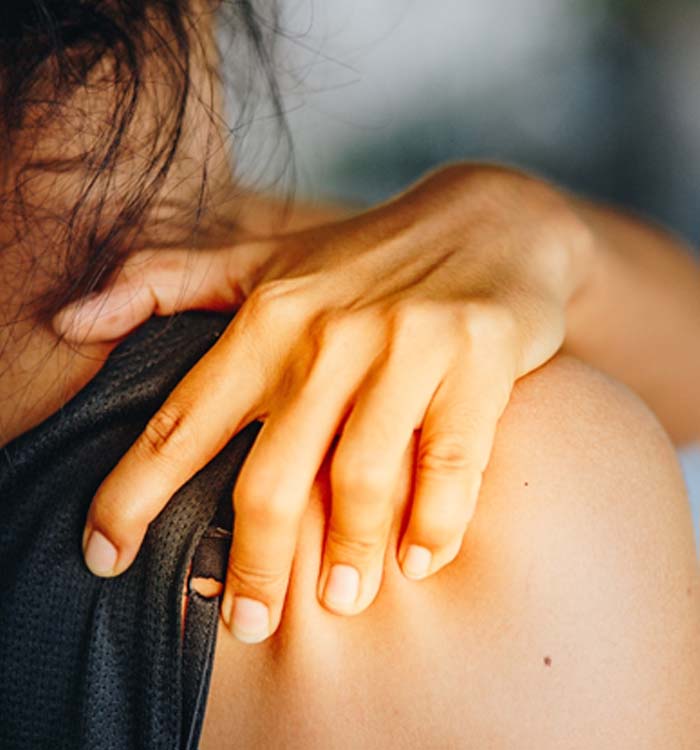
Because the rotator cuff is made of muscles and tendons, it can develop problems often found in other joints, such as sprains, strains, tendinitis, and of course, tears.
A tear can occur in one, a few, or all of the tendons of the cuff. They can range from extremely small to massive or complete tears. These are some of the most frequent shoulder injuries, with 2 million people in the US suffering from them each year.
The Causes of Rotator Cuff Injuries
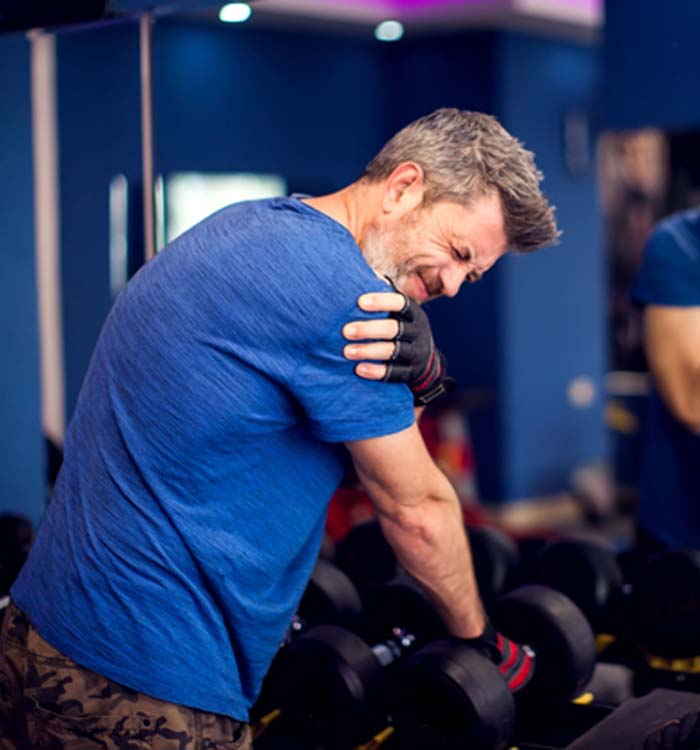
Most rotator cuff tears happen due to repetitive overuse, progressive stress (like improper or overly strenuous weight training), or they can be the result of an acute injury, such as falling directly on the shoulder, trying to lift something too heavy too quickly, or pulling something too hard (like trying to start a stubborn lawnmower). It is also subject to the natural degenerative effects that come with aging.
The Symptoms of a Rotator Cuff Tear
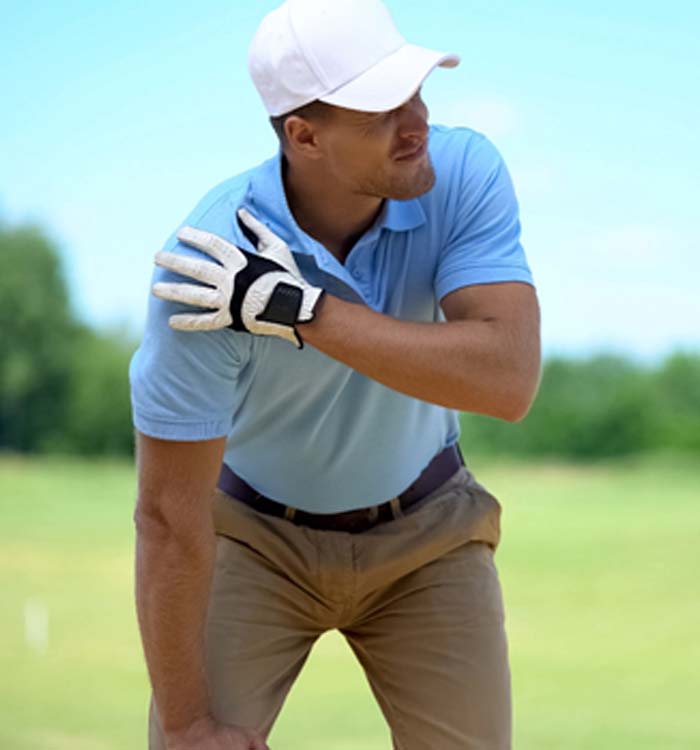
Many types of shoulder injuries are initially thought to be due to the rotator cuff, but this particular problem has a few specific symptoms to look out for:
- Pain felt in the shoulder while it’s at rest
- Pain when lifting the arm
- Pain when laying on the injured shoulder
- Cracking or popping sounds when the shoulder is moved
- Noticeable weakness in the arm/shoulder
- Pain radiating from the shoulder into the upper arm, back, and neck
When a rotator cuff tear happens slowly over time, most patients describe feeling a dull ache and muscle weakness. In the case of acute injuries, many patients mention a snapping sensation accompanied by severe pain.
How Rotator Cuff Tears Are Diagnosed

Dr. Pinkston will ask you about your symptoms, and then he’ll take a brief medical history before performing a physical exam. To make sure you’re dealing with a rotator cuff tear and not another kind of shoulder problem, he’ll use diagnostic ultrasound to identify the source of your pain. This form of ultrasound allows him to view the tissues around the joint while it’s in motion, making it much easier to spot potential issues compared to a traditional X-ray.
Treatment Options for Rotator Cuff Tears
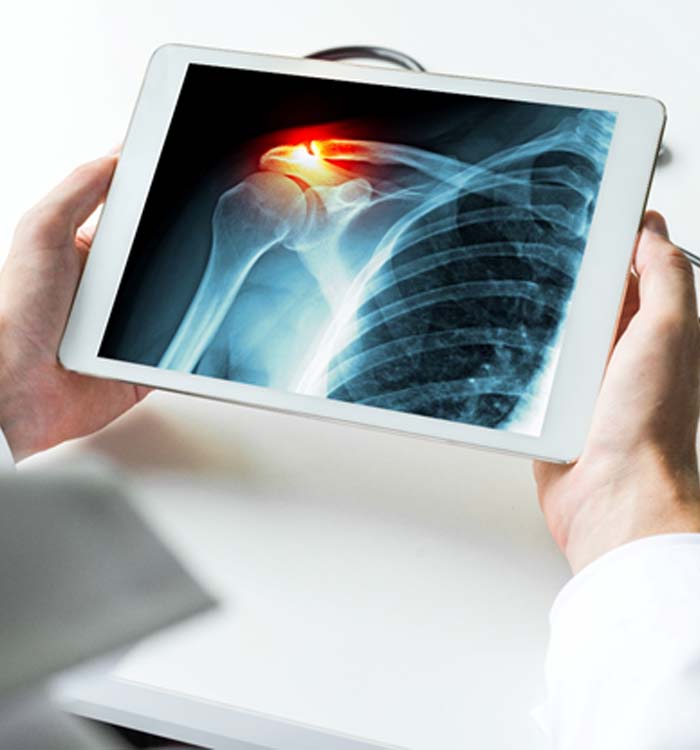
Fortunately, there are several treatment options available for rotator cuff tears, and Dr. Pinkston will recommend an approach that takes into account the nature and severity of your injury as well as your symptoms and recovery goals.
A conservative plan may involve applying ice and resting the joint, taking anti-inflammatory medication, activity modification, and physical therapy. If these methods don’t lead to substantial improvements and relief, Dr. Pinkston may then recommend non-surgical orthopedic treatments such as corticosteroid injections, PRP therapy, prolotherapy/Prolozone, or biological cell therapy. All of these treatments, when injected into the rotator cuff, greatly accelerate the natural healing process and enable a patient to experience relief and regain their function incredibly fast. Surgery will only be recommended in the case of a massive or complete tear.
Rotator Cuff Tear FAQs

If you still have questions about rotator cuff tears after looking over this page, be sure to read our answers to some of the most popular questions we receive about them below. Of course, if there is anything else you would like to know, you are always welcome to give our team a call.
What are the risk factors for a rotator cuff tear?
In addition to repetitive overhead motions associated with certain sports and jobs, two of the biggest risk factors for rotator cuff tears are arthritis and age. With arthritis, the cartilage in the shoulder joint gradually breaks down, which can lead to a weakening of the muscles and tendons of the rotator cuff, making them more likely to tear. And for individuals over 40, natural changes in the body increase the chances of injury as well. Blood flow decreases to the area as we become older, which hampers natural healing. Plus, a person can develop bone spurs over time in the shoulder that rub on the tendons whenever the arm is lifted, which can eventually result in a tear.
How long does it take to treat a rotator cuff tear?
The length of treatment for a rotator cuff tear can vary widely depending on the nature and degree of someone’s injury. Minor tears often take about 6-12 weeks to heal and rehabilitate the joint using conservative methods. More severe tears can require more time, and tears that result from osteoarthritis may need perpetual treatment because there is no cure for OA although cellular medicine can greatly improve symptoms. When you see Dr. Pinkston for your consultation, he’ll be able to give you a much more definitive timeline for your recovery.
Can a rotator cuff tear heal on its own?
The symptoms of a rotator cuff tear can improve or resolve on their own, but a tendon’s ability to heal in response to structural damage is limited. To repair this kind of damage (and not just relieve the associated symptoms), intervention will likely be needed. Treatments including biologic/regenerative medicine can enable the tendon to heal more quickly, which will also help with pain reduction and mobility issues.
How much does rotator cuff treatment cost?
Because there is such a wide range of treatment options available for rotator cuff tears, the cost can vary as well. OTC medications, resting, and using heat/cold are obviously very affordable. Non-surgical orthopedic treatments like prolotherapy/Prolozone®, PRP, and biologic cell therapy are more expensive, but they also significantly shorten the recovery process and help a patient experience less pain and loss of function. By far the most expensive (and invasive) option is surgery, which is why most patients want to avoid it. Thankfully, it is only necessary in the most extreme cases, and the vast majority of patients are able to get exactly what they need without it.
What will happen if I keep using my shoulder when I have a torn rotator cuff?
In many cases, targeted exercises can help to strength the shoulder joint after a rotator cuff injury. However, caution is in order. If you try to push through the pain and continue using your shoulder as normal, there is a very real risk that you could end up worsening your injury. Often, unless you have specific directions from a doctor to perform certain movements, resting an injured shoulder is the wisest course of action.
Am I more likely to re-tear my rotator cuff if I had a tear in the past?
That depends on the conditions surrounding your first tear. If you are up in years, have arthritis, or had a massive tear in the past, you are more likely to experience a re-tear than someone who has always had healthy shoulders. Dr. Pinkston and our team may be able to provide suggestions on how you can reduce your risk of reinjury in the future. For example, certain exercises may be beneficial.
How should I sleep with a torn rotator cuff?
If you are a side sleeper, do not sleep on the side that is injured. If you sleep on your back, you may need to use extra pillows to support your shoulder. Many patients find that sleeping at a slight incline decreases their discomfort. You can also try various pain relief methods, such as appropriate doses of medication and intermittent icing (do not fall asleep while you are icing your shoulder).
Can a rotator cuff tear cause neck pain?
In some cases, a torn rotator cuff can cause referred pain in the neck and back. In other cases, neck pain and shoulder pain occur at the same time due to separate injuries. Our team can investigate the causes of your pain and recommend a treatment plan to help you find total relief.
Is it safe to drive with a torn rotator cuff?
Driving safely requires you to have enough range of motion to steer easily, shift gears, and respond quickly to unexpected situations. If you have a serious tear in your rotator cuff, it may not be safe for you to drive (it is unwise to drive with only one fully functional arm). With a minor tear, you might be able to drive with only mild discomfort. Use your best judgement and follow the advice of your medical team.
Will treatment for a rotator cuff tear cause me to miss work?
Dr. Pinkston focuses on offering conservative, non-surgical treatments that will have as little impact on your daily routine as possible. With that being said, your injury may cause you to miss some work, especially if your job involves a lot of arm movement.